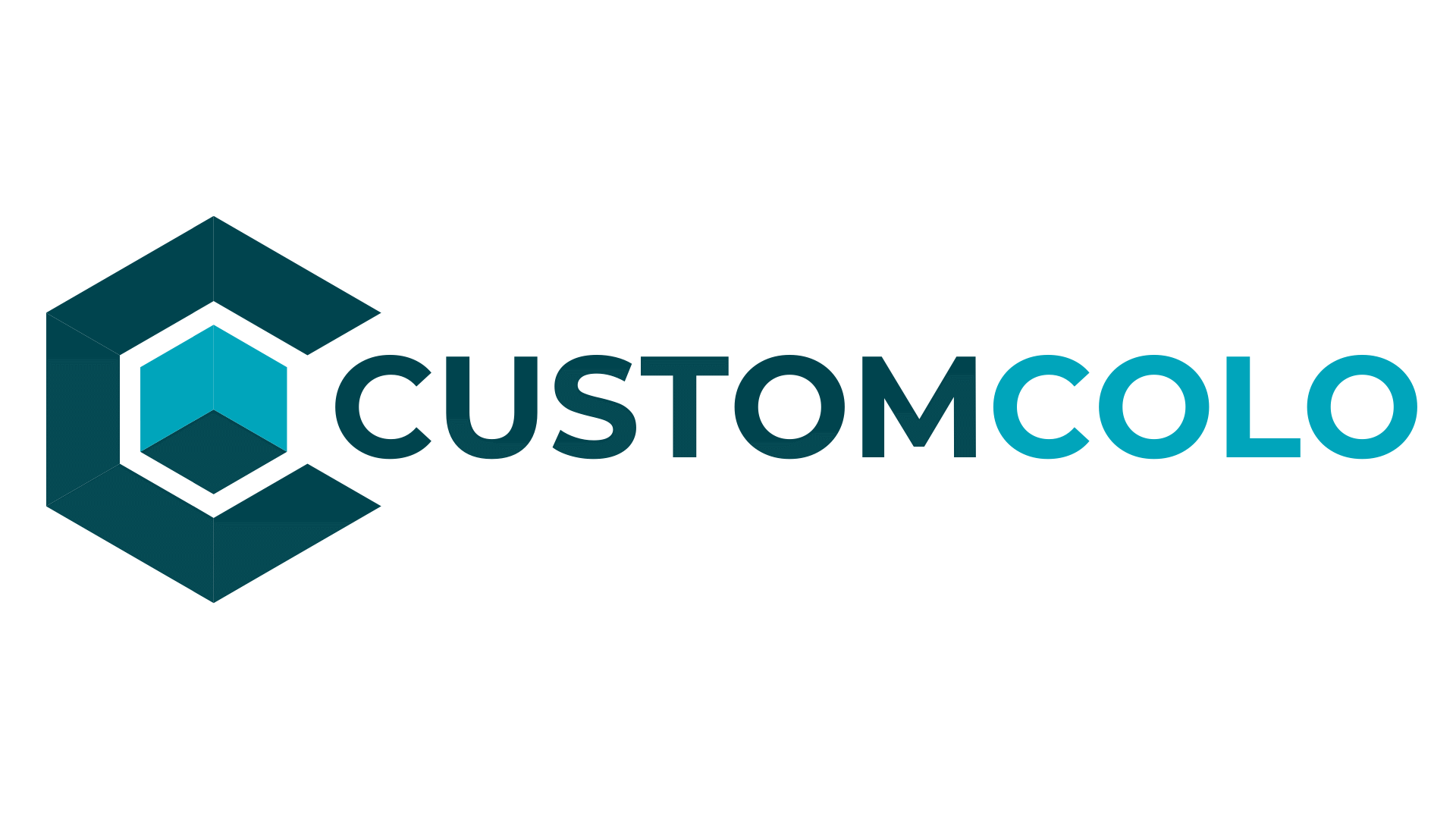In der modernen, digitalen Ära bilden Daten das Rückgrat vieler Unternehmen. Die sichere und effiziente Speicherung und Verarbeitung dieser Daten hat daher höchste Priorität. Serverhousing und Colocation sind zu Schlüsselkomponenten in der IT-Infrastruktur vieler Unternehmen geworden. Doch wie hat sich die Landschaft dieser Dienstleistungen über die Jahre hinweg entwickelt? Und welche Innovationen zeichnen sich am Horizont ab?
Die Evolution des Serverhousings / Colocation
Anfänge des Serverhousings:
In den Anfangszeiten des Internets hatten Unternehmen ihre Server oft vor Ort, in eigenen Räumlichkeiten. Diese Serverräume waren in der Regel nicht optimal für die Kühlung und Stromversorgung ausgestattet. Die Notwendigkeit, die Hardware vor physischen Bedrohungen zu schützen und gleichzeitig eine konstante Internetverbindung sicherzustellen, führte zur Entstehung der ersten Colocation-Zentren. Diese boten Unternehmen Raum in speziell ausgestatteten Einrichtungen, den Rechenzentren, um ihre Server unterzubringen.
Wachsende Bedeutung von Skalierbarkeit und Zuverlässigkeit:
Mit der Zunahme des Online-Geschäfts und der Abhängigkeit von IT-Systemen wurde die Skalierbarkeit zu einem kritischen Faktor. Unternehmen benötigten mehr Platz, bessere Kühlung und höhere Energiekapazitäten, um mit dem Wachstum Schritt zu halten. Colocation-Zentren begannen, diese Anforderungen mit modularen Designs und erweiterten Energie- und Kühlungssystemen zu erfüllen.
Sicherheit und Compliance:
Mit der Zeit wurden Daten immer wertvoller, und die Sicherheit von Servern wurde zu einer Top-Priorität. Colocation-Anbieter investierten in fortschrittliche Sicherheitssysteme, einschließlich biometrischer Zugangskontrollen, Videoüberwachung und mehrschichtigen physischen Sicherheitsmaßnahmen. Zudem mussten sie sicherstellen, dass ihre Einrichtungen den wachsenden regulatorischen Anforderungen in Bezug auf Datenschutz und -sicherheit entsprechen.
Umweltbewusstsein und Green IT:
In den letzten Jahren wurde die Umweltauswirkung von Rechenzentren immer stärker in den Fokus gerückt. Der hohe Energieverbrauch und die CO2-Emissionen führten zu einem Umdenken in der Branche. Viele Colocation-Anbieter begannen, erneuerbare Energiequellen zu nutzen, energieeffiziente Hardware einzusetzen und innovative Kühlungstechniken zu entwickeln, um den ökologischen Fußabdruck zu reduzieren.
Hybrid- und Multi-Cloud-Integration:
In der jüngsten Vergangenheit haben sich viele Unternehmen für eine Hybrid- oder Multi-Cloud-Strategie entschieden. Dies bedeutet, dass sie ihre Daten und Anwendungen sowohl in privaten Rechenzentren als auch in der Public Cloud speichern. Moderne Colocation-Zentren bieten nun direkte Verbindungen zu den großen Hyperscalern, um eine nahtlose Integration und Datenübertragung zu gewährleisten.
Technologien und Lösungen im Vormarsch
Die Serverhousing- und Colocation-Branche hat in den letzten Jahren erhebliche Fortschritte gemacht, um den sich ständig ändernden Anforderungen der Unternehmen gerecht zu werden. Hier sind einige der Technologien und Lösungen, die in der Branche an Bedeutung gewinnen:
- Energiespeicherung in Rechenzentren: Die Energieeffizienz ist zu einem zentralen Anliegen für Rechenzentren geworden. Um den Energieverbrauch zu optimieren und gleichzeitig die Betriebskosten zu senken, setzen immer mehr Rechenzentren auf fortschrittliche Energiespeicherlösungen. Beispielsweise werden an einigen Standorten, wie bei der Telekom in Bamberg, Hannover und Münster, Batteriespeicherlösungen implementiert. Diese Systeme speichern überschüssige Energie, die zu Spitzenzeiten genutzt werden kann, und tragen so zur Stabilisierung des Stromnetzes bei.
- Intelligente Stromnetze: Mit dem Übergang zu erneuerbaren Energiequellen wird die Integration von Rechenzentren in intelligente Stromnetze immer wichtiger. Diese Netze können Millionen von Energieerzeugern und -verbrauchern verbinden und so für eine stabilere und effizientere Energieversorgung sorgen. Durch den Einsatz von IT-Technologien können diese Netze in Echtzeit überwacht und gesteuert werden, um den Energiefluss zu optimieren.
- Software-definierte Rechenzentren (SDDC): Die Virtualisierung von Netzwerk-, Speicher- und Rechenressourcen hat zu einem Paradigmenwechsel in der Rechenzentrumsarchitektur geführt. SDDCs ermöglichen es Unternehmen, ihre IT-Infrastruktur flexibel und dynamisch zu gestalten. Lösungen wie die von Citrix, IBM, Microsoft oder VMware aber auch Open Source-Alternativen wie Linux KVM, Proxmox VE oder oVirt bieten Technologien, mit denen Cloud-Anbieter ein SDDC für eine einheitliche Infrastruktur in hybriden Umgebungen bereitstellen können. Dies führt zu einer schnelleren Bereitstellung von Ressourcen, höherer Skalierbarkeit und besserer Auslastung der Hardware.
- Open Networking: Mit dem Aufstieg der Cloud-Technologie suchen Unternehmen nach offenen und flexiblen Server- und Netzwerklösungen. Open Source-Netzwerkbetriebssysteme wie SONiC bieten die Möglichkeit, das Netzwerkmanagement zu vereinfachen und gleichzeitig die Interoperabilität zwischen verschiedenen Anbietern zu gewährleisten. Dies ermöglicht es Unternehmen, ihre Netzwerkinfrastruktur nach Bedarf anzupassen und zu skalieren.
- Open Compute Project: Das Open Compute Project (OCP) ist eine Initiative, die darauf abzielt, die Hardware in Rechenzentren durch offene Standards zu standardisieren und zu optimieren. Rechenzentren können mit mit hochgradig anpassbarer und skalierbarer Hardware ausgestattet werden. Dies bietet die Flexibilität, die Infrastruktur je nach Geschäftsanforderungen effizient zu modifizieren und zu skalieren, während gleichzeitig die Kosten für proprietäre Lösungen minimiert werden.
Diese Technologien und Lösungen sind nur ein Ausschnitt dessen, was in der Serverhousing- und Colocation-Branche vor sich geht. Angesichts des rasanten technologischen Fortschritts und den wachsenden Anforderungen der Unternehmen wird erwartet, dass diese Branche weiterhin innovative Lösungen entwickelt, um den zukünftigen Herausforderungen gerecht zu werden.
Ein Zukunftsausblick
Die Serverhousing- und Colocation-Branche steht an der Schwelle zu einer neuen Ära, in der Technologie, Nachhaltigkeit und Geschäftsbedürfnisse eng miteinander verknüpft sind. Hier sind einige der erwarteten Entwicklungen und Trends, die die Branche in den kommenden Jahren prägen werden:
Nachhaltigkeit und grüne Technologien: Angesichts des wachsenden Bewusstseins für Umweltfragen wird erwartet, dass Rechenzentren verstärkt in grüne Technologien investieren. Dies umfasst nicht nur den Einsatz erneuerbarer Energien, sondern auch innovative Kühlungstechniken, energieeffiziente Hardware und Architekturen, die den Gesamtenergieverbrauch minimieren.
Erweiterte Sicherheitsprotokolle: Mit der Zunahme von Cyberangriffen und Datenschutzbedenken werden Rechenzentren voraussichtlich in fortschrittlichere Sicherheitslösungen investieren. Dies könnte den Einsatz von KI und maschinellem Lernen zur Erkennung und Abwehr von Bedrohungen, biometrischen Sicherheitssystemen und verschlüsselten Datenübertragungstechnologien umfassen.
Edge Computing: Mit dem Aufkommen des Internets der Dinge (IoT) und der wachsenden Anzahl von Geräten, die Daten in Echtzeit verarbeiten müssen, wird Edge Computing an Bedeutung gewinnen. Dies bedeutet, dass Rechenzentren näher an den Ort der Datenerzeugung verlagert werden, um Latenzzeiten zu reduzieren und schnellere Datenverarbeitung zu ermöglichen.
Integration von KI und Automatisierung: Künstliche Intelligenz und Automatisierung werden voraussichtlich eine zentrale Rolle in den Betriebsabläufen von Rechenzentren spielen. Von der prädiktiven Wartung über die Energieoptimierung bis hin zur automatischen Fehlerbehebung können diese Technologien dazu beitragen, die Effizienz zu steigern und Ausfallzeiten zu reduzieren.
Hybride und Multi-Cloud-Strategien: Während Unternehmen weiterhin in physische Infrastrukturen investieren, werden sie auch verstärkt auf Public Cloud-Lösungen setzen. Dies erfordert eine engere Integration zwischen Colocation-Zentren und Cloud-Anbietern, um eine nahtlose Datenübertragung und -verarbeitung zu gewährleisten.




